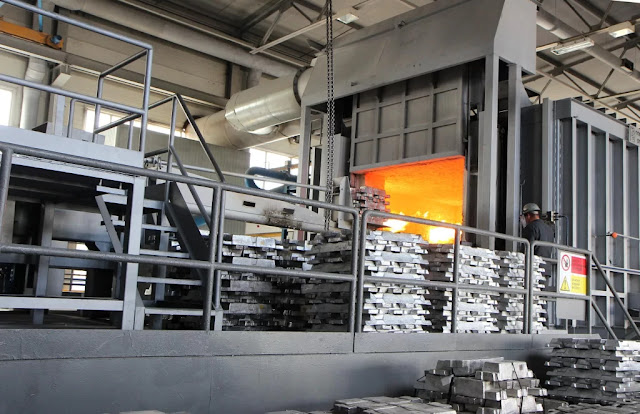Aluminum Casting – The Backbone of Modern Manufacturing
In the ever-evolving world of manufacturing, aluminum casting continues to be a game-changer. From lightweight auto parts to heavy-duty machinery, aluminum has carved its place in nearly every industry. But what exactly is aluminum casting, and why is it so popular? Let’s dive into this fascinating process and uncover how it’s shaping the future of manufacturing.
What is Aluminum Casting?
At its core, aluminum casting is a process where molten aluminum is poured into a mold to form a specific shape. The mold can be made from sand, metal, or ceramic materials, depending on the final product's needs. Once cooled and solidified, the aluminum takes on the exact shape of the mold, ready for further machining or finishing.There are various methods used in aluminum casting, such as:
-
Die Casting
-
Investment Casting
Each method has its own advantages based on product design, quantity, and cost.
Why Choose Aluminum for Casting?
Aluminum isn’t just another metal. It’s lightweight, corrosion-resistant, and has excellent thermal and electrical conductivity. Plus, it’s easy to recycle, making it an eco-friendly choice for manufacturers.Here are a few reasons why aluminum is so widely used in casting:
-
Strength-to-Weight Ratio: Ideal for automotive and aerospace components.
-
Durability: Can handle extreme environments.
-
Machinability: Easily drilled, milled, or cut after casting.
-
Non-corrosive Nature: Perfect for outdoor and marine applications.
Industries That Rely on Aluminum Casting
Aluminum casting plays a critical role in numerous industries, including:-
Automotive: Engine parts, gearboxes, suspension components
-
Aerospace: Structural parts, brackets, turbine housings
-
Marine: Boat parts, propeller components, navigation equipment
-
Electronics: Housings, heat sinks, connectors
-
Construction: Architectural components, brackets, and supports
In fact, chances are you’re surrounded by aluminum cast products every day — even if you don’t realize it!
Sand Casting vs. Die Casting for Aluminum
One of the most common debates in manufacturing is whether to go for sand casting or die casting. Here's a quick comparison:| Feature | Sand Casting | Die Casting |
|---|---|---|
| Tooling Cost | Low | High |
| Production Time | Slower | Faster for high volume |
| Surface Finish | Rougher | Smoother |
| Best For | Prototypes, large parts | Mass production |
Environmental Impact & Recycling
One of the best things about aluminum casting is that it supports sustainability. Aluminum can be melted down and reused repeatedly without losing its properties. This means manufacturers can reduce waste and save on raw material costs — a win-win for both business and the environment.Challenges in Aluminum Casting
Of course, like any process, aluminum casting has its challenges. Porosity (tiny air bubbles), shrinkage during cooling, and defects in complex parts can occur if the process isn’t carefully managed. That’s why quality control and skilled workers are essential.Why Work with a Professional Aluminum Casting Company?
If you’re looking for precision, durability, and custom solutions, working with an experienced aluminum casting company makes all the difference. From prototype to final product, professionals ensure the job is done right — saving you time, money, and stress.Look for companies that offer:
-
Full in-house casting and machining
-
Quality certifications (like ISO)
-
Custom alloy solutions
-
Fast turnaround and support
Conclusion
In the world of manufacturing, aluminum casting is more than just molten metal — it's a craft that supports countless industries. Whether you're building a high-performance engine or a lightweight drone, aluminum casting is often the silent hero behind the scenes.Thinking about sourcing aluminum casting services? Make sure you choose a partner who understands not just the process, but your product’s purpose.




Comments
Post a Comment